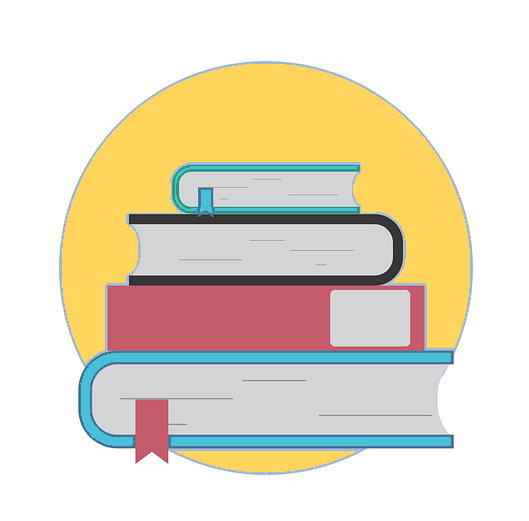104

Let’s recap! An open workflow, generally, has the following elements:
- The sharing of research outputs, including experiment design, data, analysis, code, etc., openly to the public
- The use of best practices around file naming conventions, project metadata, file formats, tools used, etc. to enable long term preservation and access to research outputs
- A commitment and adherence to the principles of reproducibility and replicability as a foundation of research and sharing
As we learned in What is an Open Workflow?, a workflow can be composed of any number of tools during the entirety of the research project. For example, if we review the OSF Research Life Cycle image (right) we can see that one research project could include the use of Zotero, DMP Tools, Evernote, GitHub, Zenodo, etc. depending on the needs of the project.
How can projects manage the number of tools without limiting their potential in the project? This is where workflow managers, like OSF, become integral to not only locating all content of a project into one space but also to sharing the material in an organized and logical manner for the public.
OSF
OSF, formerly known as the Open Science Framework, is a workflow management web application that provides a central landing place for project components that may be scattered across many different digital workspaces and might be owned by different people. OSF provides a central place to bring together collaborators, project files, and to track versions of things. It is a free workflow tool that centralizes different types of items in a project. It is not a repository in terms of the functionality of a “data repository” or an “institutional repository” but it is a repository in the sense of a hosted service with storage space on servers in several countries, including Canada.
Benefits of OSF
- Version control across the whole project
- Server locations in multiple countries, including Canada
- Ability to connect many research tools you may already be using (OSF as project dashboard)
- Ability to establish a project structure or “fork” an existing project
- Sustainable access to your project (read-only at least) guaranteed for the next fifty years
- Control over project access at the project, folder, or file level with a highly granular level of control for projects that may not be able to be fully open
- Digital Object Identifier (DOI) minting at the project level
- Ability to “register” a project, which essentially takes a snapshot of a project in time (eg. before major changes)
- Built-in documentation tools and the ability to easily add collaborators outside of your institution
What does OSF not do?
While OSF enables the opening of the research lifecycle it does not enforce decisions around thoughtful project structure (e.g. best practices around file naming conventions). It is also not the only final resting place for data and other project artifacts that may live in other tools connected to OSF. OSF really does act as a one-stop-shop for working on a project through a combination of native storage and integration. Final data outputs should definitely live in a data repository and in some cases, it makes much more sense for working files to live elsewhere (e.g. when datasets are bigger than 5GB), which can then be linked to and accessed from OSF.
While OSF provides a variety of benefits to researchers, it’s important to understand the potential risks when using the tool. These risks include:
- The possibility to make materials public unintentionally; some functions of OSF will always eventually become public (e.g. registrations)
- Server locations defaulting to the United States which is not appropriate for all types of data, especially sensitive data
- Uncertain longevity; like all storage sources, long term preservation past fifty years is an issue if the funding model changes

Dig Deeper
Learn more about OSF by reading Foster, E. D., & Deardorff, A. (2017). Open science framework (OSF). Journal of the Medical Library Association: JMLA, 105(2), 203.013; 105-126 https://www.ncbi.nlm.nih.gov/pmc/articles/PMC5370619/, and exploring this presentation: What is the OSF.
Learn more about structuring projects in OSF by exploring these example projects and repository templates.
